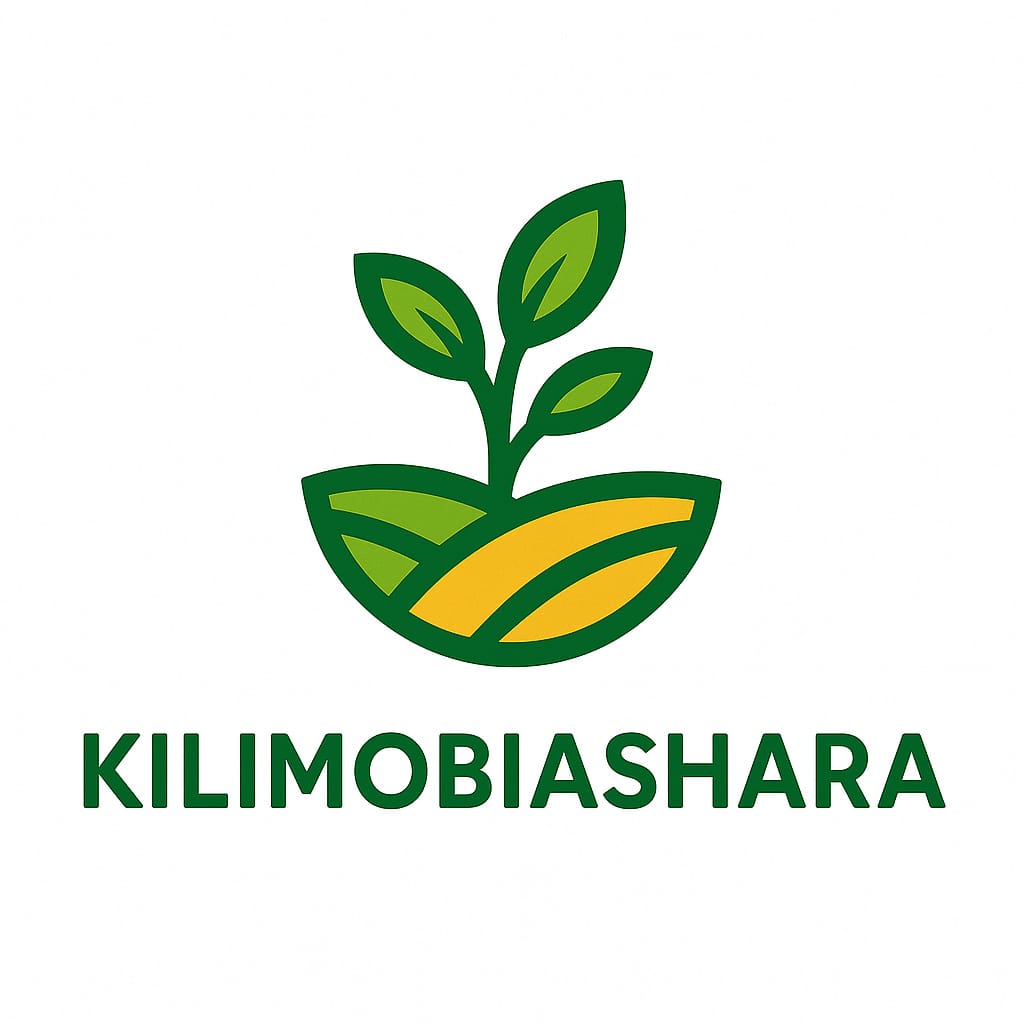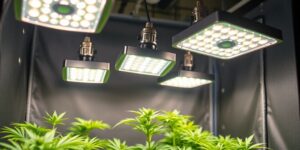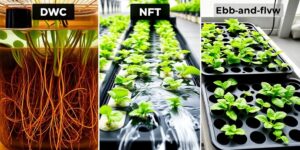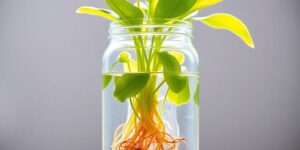Getting your hydroponic nutrient schedules by crop right is a big deal for growing healthy plants. It’s not just about throwing some nutrients in the water; you really need to think about what the plant needs and when. Different plants, and even the same plant at different times, need different amounts of stuff. This guide breaks down how to figure out those needs so you can get the best results from your hydroponic setup.
Key Takeaways
- Plant nutrient needs change a lot depending on whether they’re just starting, growing leaves, or making flowers and fruit.
- Leafy greens usually grow fast and need a different feeding schedule than plants that produce fruit like tomatoes or peppers.
- Keeping the pH and EC levels steady is super important for your plants to actually absorb the nutrients you’re giving them.
- You can adjust your feeding plans based on the environment you’re growing in and the specific type of plant you have.
- Using technology, like automatic dosers and sensors, can make managing nutrient schedules much easier and more accurate.
Understanding Plant Nutrient Needs by Growth Stage
Plants aren’t static; they change a lot as they grow, and their food needs change right along with them. It’s like how a baby needs milk, then pureed food, and eventually, what we eat. In hydroponics, we have to pay close attention to this. Getting the nutrient mix wrong can really mess with how well your plants do.
Tailoring Nutrient Concentrations for Optimal Growth
Different stages mean different nutrient demands. For example, when plants are just starting out, they don’t need a ton of food. They’re mostly focused on root development. As they get bigger and start making leaves, they’ll want more nitrogen. Then, when it’s time to flower and make fruit, they’ll need more phosphorus and potassium. It’s all about giving them what they need, when they need it. Trying to feed a fruiting plant like a seedling just won’t work out well.
Nutrient Consumption Varies by Plant Development
Think about a tomato plant. In its early days, it’s pretty low-key with its nutrient intake. But once it starts flowering and setting fruit, watch out – its appetite really picks up. This increased demand is especially true for things like phosphorus and potassium, which are key for making those flowers and fruits. Nitrogen needs might even drop a bit during the fruiting stage because the plant has already built up its leafy structure. So, the ppm (parts per million) of nutrients a plant can use effectively changes a lot. Early on, maybe 1400-2000 ppm is plenty, but later, it might need 2200-3500 ppm or even more, depending on the specific crop. It’s a dynamic process, not a one-size-fits-all situation. We have to adjust our feeding schedules to match this changing consumption.
Identifying Plant Stages for Precise Feeding
Knowing exactly where your plant is in its life cycle is super important for getting the nutrient mix right. You can usually tell by looking at it. Is it just a tiny seedling? Is it bushy with lots of leaves (vegetative stage)? Or is it starting to show flowers or tiny fruits? Each of these stages has a different nutrient profile that works best. For instance, a common NPK ratio for the vegetative stage might be something like 7-9-5, focusing on nitrogen for leaf growth. But when it moves into flowering and fruiting, you might switch to something closer to 5-15-14, boosting phosphorus and potassium. Being able to identify these stages helps you make sure you’re not over or underfeeding your plants. It’s about precision feeding, making sure every nutrient dollar is spent wisely. This careful attention helps avoid issues like nutrient burn or deficiencies, which can really set your crop back. For more on how fertilizers are used, check out how fertilizers are formulated.
The key takeaway here is that plants have distinct nutritional requirements that shift as they mature. A successful hydroponic grower understands these changes and adapts their nutrient solutions accordingly, moving from a nitrogen-heavy mix for leafy growth to a more balanced or phosphorus/potassium-rich solution for flowering and fruiting. This stage-specific approach is what separates a mediocre harvest from a truly bountiful one.
Hydroponic Nutrient Schedules for Leafy Greens

Leafy greens like lettuce, spinach, and kale are super popular in hydroponics because they grow fast. We’re talking about a quick turnaround, often ready for harvest in just 30 to 40 days. This means they have a pretty consistent need for nutrients throughout their short life cycle. The key is to provide a balanced nutrient solution that supports vigorous leafy growth without pushing them too hard, too soon.
Because they grow so quickly, you’ll want to keep an eye on your nutrient levels. They’re not usually as demanding as fruiting plants, but they still need the right stuff. Think of it like feeding a growing teenager – they need good food regularly, but not necessarily huge, heavy meals all the time. For lettuce and spinach, a nutrient mix that’s a bit higher in nitrogen is generally a good bet during their vegetative phase. This helps them build those big, healthy leaves we all want.
Short Growth Cycles and Nutrient Requirements
Leafy greens have short life cycles, which means their nutrient needs are concentrated over a shorter period. They require a steady supply of macro and micronutrients to fuel rapid leaf development. Unlike plants that flower or fruit, their primary goal is vegetative growth, so the nutrient profile should reflect this.
Optimizing Feeding for Lettuce and Spinach
For lettuce and spinach, a nutrient solution with an Electrical Conductivity (EC) typically between 1.2 and 1.8 is a good starting point. The pH should be maintained between 5.5 and 6.0. Nitrogen is particularly important for leafy greens as it’s a key component of chlorophyll and amino acids, which are vital for photosynthesis and protein synthesis. Using a nutrient formula like Superthrive Foliage-Pro (9-3-6) can be beneficial during this stage.
Continuous Harvest Strategies
To keep a steady supply of greens, you can use a continuous harvest strategy. This involves staggering your planting times. So, while one batch is growing, you’re planting seeds for the next. This way, you’re always harvesting something. It also means your nutrient reservoir needs to be managed consistently, topping it up and replacing it regularly to avoid nutrient imbalances as plants grow.
Managing the nutrient solution is really important. You don’t want it to get too weak or too strong. Regularly checking and adjusting the pH and EC levels will make a big difference in how well your greens grow. It’s not super complicated, but you do have to pay attention.
Here’s a general idea of nutrient levels for leafy greens:
| Growth Stage | EC Range | pH Range |
|---|---|---|
| Seedling | 0.8 – 1.2 | 5.5 – 6.0 |
| Vegetative | 1.2 – 1.8 | 5.5 – 6.0 |
| Pre-Harvest | 1.0 – 1.4 | 5.5 – 6.0 |
Key Factors in Hydroponic Nutrient Management
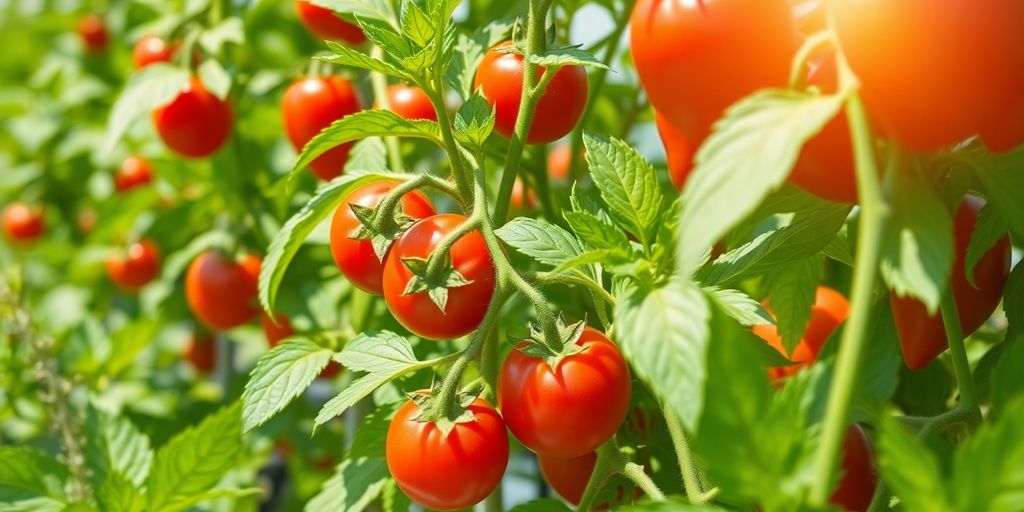
Keeping your hydroponic plants happy and growing strong really comes down to a few main things. It’s not just about throwing some fertilizer in the water; you’ve got to pay attention to the details. Think of it like cooking – you need the right ingredients, but also the right temperature, the right amount of seasoning, and you need to serve it at the right time. In hydroponics, that means keeping a close eye on your nutrient solution.
Maintaining Optimal pH and EC Levels
This is probably the most talked-about part of hydroponic nutrient management, and for good reason. The pH level tells you how acidic or alkaline your solution is, and it directly impacts how well your plants can actually take up the nutrients you’re giving them. Most plants do best in a pH range of about 5.5 to 6.5. If it’s too high or too low, even if you have all the right nutrients in the water, your plants might not be able to use them. That’s where EC, or electrical conductivity, comes in. EC measures the total amount of dissolved salts, which basically means the concentration of your nutrients. You don’t want too much, or you risk burning your plants’ roots, and you don’t want too little, or they’ll be hungry. Finding that sweet spot is key. Regularly checking both pH and EC is non-negotiable for healthy growth.
Ensuring Adequate Oxygenation for Roots
Roots need to breathe, too! In a soil-based system, the soil naturally has air pockets. But in hydroponics, especially in systems where roots are constantly submerged, you have to actively make sure there’s enough dissolved oxygen in the water. Without it, roots can’t perform their basic functions, like absorbing nutrients and water. This can lead to stunted growth and all sorts of problems. You can improve oxygen levels by using air stones and pumps, designing your system so water tumbles and splashes, or even by keeping the nutrient solution cooler, as cooler water holds more oxygen. Aim for a solution temperature between 18°C and 22°C (65°F – 72°F) if you can.
Delivery Methods and Frequency Considerations
How and when you deliver the nutrient solution also matters a lot. Different hydroponic systems have different ways of getting nutrients to the plants. Some, like Nutrient Film Technique (NFT), have a constant flow of solution over the roots. Others, like ebb and flow, periodically flood the root zone. The frequency of delivery can also be important. Plants use water and nutrients, and in warmer, drier conditions, they’ll need more frequent access to the solution to avoid drying out. You also need to think about how often you’re replacing the entire nutrient solution. Over time, plants selectively absorb nutrients, and water evaporates, which can throw off the balance. Most growers find replacing the solution every week or two is a good practice to keep things fresh and balanced, preventing issues like salt accumulation.
Managing your hydroponic nutrient solution isn’t a set-it-and-forget-it task. It requires consistent attention to detail, monitoring key parameters, and making adjustments based on your plants’ needs and environmental conditions. Think of it as a dynamic process, always adapting to keep your plants thriving.
Customizing Hydroponic Feeding Charts
Adjusting for Environmental Conditions
So, you’ve got a basic feeding chart, which is great. But your grow room isn’t a sterile lab, right? Things like temperature, humidity, and even the season can mess with how your plants use nutrients. For instance, when it’s warmer, plants tend to drink more water, which can dilute your nutrient solution if you’re not careful. You might need to slightly increase the concentration or feed more often. Conversely, cooler temps might mean they need a bit less. It’s all about watching your plants and the environment.
Fine-Tuning for Specific Cultivars
Not all tomatoes are created equal, and the same goes for lettuce. Different varieties, or cultivars, have slightly different needs. Some might be hungrier for nitrogen during their leafy growth phase, while others might need more potassium when they start flowering. If you’re growing a specific strain that you know is a heavy feeder or a bit sensitive, you’ll want to tweak the standard chart. Start by looking up info on that particular cultivar if you can find it. If not, pay close attention to how it responds to the baseline schedule and make small adjustments from there.
Making Gradual Changes for Best Results
This is probably the most important tip: don’t go wild changing everything at once. If you decide to boost the phosphorus or cut back on calcium, do it slowly. Change one thing, wait a few days, and see how the plants react. Are the leaves looking better? Are they growing faster? Or are you seeing some weird spots or wilting? Making one change at a time helps you figure out exactly what’s working and what’s not. It’s like adjusting a recipe; you add a pinch of this or that, taste, and then decide if it needs more.
Trying to fix a problem by changing multiple nutrient levels or adding new supplements all at once is like trying to diagnose a car problem by randomly hitting buttons. You’ll likely just make things worse and won’t know what actually fixed it (or what broke it further). Stick to one adjustment at a time for clear results.
Leveraging Technology for Nutrient Scheduling
Keeping your hydroponic plants happy and healthy means giving them the right food at the right time. While you can certainly do this manually, technology is really changing the game. We’re talking about systems that can take a lot of the guesswork out of feeding your crops, making things way more efficient.
Automated Nutrient Dosing Systems
Think of these as smart feeders for your plants. Instead of you constantly measuring and mixing, these systems do it for you. They use pumps to add nutrients and adjust pH levels automatically. This means your plants get exactly what they need, when they need it, without you having to be there every second. It’s a big help, especially if you’re growing a lot of different things or have a busy schedule. These systems are designed to prevent both under-dosing and over-dosing, which can really mess with plant growth. They calculate the right amounts based on the plant’s stage, which is pretty neat.
Sensor-Based Monitoring and Control
This is where things get really interesting. Sensors are placed in your system to constantly check things like pH, electrical conductivity (EC), temperature, and water levels. All this information is fed into a central controller, often an Arduino board or something similar. The controller then uses this data to make real-time adjustments to the nutrient mix. For example, if the EC drops, it knows the plants are eating more and can add more nutrients. This constant feedback loop is key to maintaining stable conditions. It’s like having a vigilant caretaker for your plants, always watching and adjusting.
Data-Driven Decisions for Crop Health
Beyond just keeping things stable, technology allows us to collect a ton of data about our hydroponic setup. We can track nutrient consumption patterns, how environmental changes affect growth, and what nutrient ratios work best for specific crops at different stages. This data can then be used to refine your feeding schedules even further. You can see what’s working and what’s not, and make informed changes. It’s about moving from just guessing to knowing exactly what your plants need. This approach helps optimize plant growth and resource management, leading to better yields and healthier plants. You can find more information on automated fertigation systems online.
Here’s a quick look at what these systems typically monitor:
- pH: Measures how acidic or alkaline the water is.
- EC (Electrical Conductivity): Indicates the total amount of dissolved salts (nutrients) in the water.
- Temperature: Monitors the water temperature, which affects nutrient uptake.
- Water Level: Ensures the reservoir doesn’t run dry.
Using these technologies means you spend less time fiddling with nutrient solutions and more time observing your plants. It takes the manual labor out of nutrient management, which can be a real time-saver for busy growers. The goal is to minimize the time spent on adjustments and maximize healthy growth.
Wrapping It Up: Your Hydroponic Journey
So, we’ve gone over how important it is to get your nutrient schedules right for different plants in hydroponics. It’s not just about throwing some fertilizer in the water; it’s about understanding what your plants need at each stage, from a tiny seedling to a big, fruiting plant. Getting this balance correct means healthier plants, better harvests, and less wasted effort. Whether you’re a seasoned pro or just starting out, paying attention to these details can really make a difference in how successful your hydroponic setup is. Keep experimenting, keep learning, and you’ll be growing like a champ in no time.
Frequently Asked Questions
Why do plants need different nutrient schedules?
Think of nutrient schedules like a meal plan for your plants. Different plants, like lettuce versus tomatoes, need different amounts of food at different times. Leafy greens grow fast and need a steady, balanced meal. Fruiting plants need more energy-rich food, especially when they start making flowers and fruit. It’s all about giving them the right mix at the right stage.
How does a plant’s growth stage affect its nutrient needs?
Plants change how much food they eat as they grow. Young plants, like seedlings, need less. As they get bigger and start growing leaves or making fruit, their appetite increases. It’s like how a baby eats less than a teenager. You need to adjust the nutrient ‘strength’ based on whether they’re just starting, growing big leaves, or producing fruit.
What are pH and EC, and why are they important in hydroponics?
pH is like the ‘acidity’ of the water, and EC measures how many nutrients are in it. Plants can only ‘drink’ their food if the pH is just right, usually between 5.5 and 6.4. EC tells you if the nutrient mix is too weak or too strong. Keeping these numbers stable is super important for healthy growth.
Can I create my own hydroponic feeding chart?
Yes, you can! Once you get the hang of a basic feeding chart, you can tweak it. If your plants look a certain way, or if it’s really hot or cold in your growing area, you might need to make small changes. But, it’s best to change only one thing at a time so you know what worked.
Why is oxygen important for hydroponic plant roots?
Oxygen is like air for plant roots. In hydroponics, roots get their oxygen from the water. If the water doesn’t have enough oxygen, the roots can’t ‘breathe’ properly, and they won’t absorb nutrients well. Keeping the water cool and adding air with pumps helps a lot.
How can technology help with hydroponic nutrient management?
Technology can really help! Automated systems can add nutrients and adjust pH for you. Sensors can constantly check the nutrient levels and tell the system what to do. This takes a lot of the guesswork out and helps make sure your plants always get exactly what they need, when they need it.
